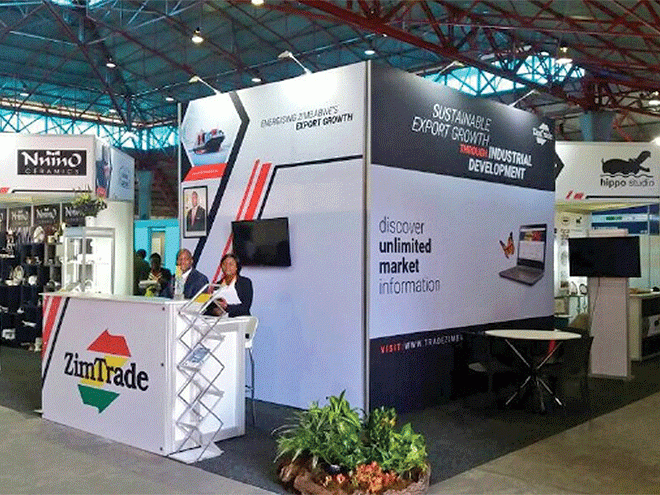
It is the desire for all organisations to deal with organisations that have capacity to undertake contracts to their satisfactory conclusion.
PURCHASE & SUPPLY WITH NYASHA CHIZU
Supplier appraisal process is undertaken to assess the capacity of suppliers in most instances.
Suppliers for operational and maintenance requirements are normally assessed in advance of the actual procurement. The specifications of such suppliers are then established and used for the evaluation of the approved suppliers in the various categories of the organisation.
Procurement does not deal with routine transactions which appropriate suppliers can be established with certainty in advance.
In addition, the supplier appraisal process in an expensive process that cannot be applied to non routine transactions. In that regard, suppliers’ capacities are assessed when the procurement is being undertaken.
Supplier specifications are therefore required for evaluation of suppliers’ capacity to undertake technical work. Like product specifications that we discussed in previous issues, supplier specifications can be used to unnecessarily eliminate competition by narrow specification to suit particular suppliers, at the same time restricting participation of others.
Capacity of suppliers is assessed from their financial strength which is historical information from trading accounts and the balance sheet.
- Chamisa under fire over US$120K donation
- Mavhunga puts DeMbare into Chibuku quarterfinals
- Pension funds bet on Cabora Bassa oilfields
- Councils defy govt fire tender directive
Keep Reading
The suppliers have to demonstrate relevant experience to undertake the task at hand. Experience measures vary and could be ascertained by the number of years in business or the number of projects undertaken. On the other hand, in addition to financial capacity and company experience, suppliers need to demonstrate another dimension of capacity in the form of availability of technology and the human capital to undertake projects.
The risk in procurement at the design of supplier specifications for large projects is diverse. The extremes are that the specifications could be on the high end reducing the numbers of qualifying suppliers.
It could be lowered to unreasonable levels such that qualifying suppliers who not have the capacity to undertake the required projects. Lowered specifications also increase administrative costs from the evaluation of massive responses at the same time increasing the chances of engaging suppliers that do not have capacity.
The other dimension of risk in deciding on supplier capacity requirements emanates from the failure to adequately specify the minimum supplier requirements. It is a fact that buyers desire to engage suppliers with capacity.
The capacity is demonstrated by suppliers’ financial position, suppliers experience, availability of equipment and skilled personnel.
The requirements need to be SMART — specific, with a means of measurement, attainable, reliable such that different evaluators can bring out a result with low margin of error, and time bound. Failure to incorporate a SMART evaluation criteria allows for subjectivity in the evaluation, the evaluation team will have to use discretion without any guidelines at the risk of the procurement process.
Use of historical information to ascertain the capacity of suppliers poses its own challenges. Financial positions are dynamic and relying on the previous financial position of suppliers could be disastrous.
The current position might be totally different and in most cases for the worst. Some industries such as the construction industry categorises their suppliers based on their previous history to undertake big projects.
The categorisation is based on historical data such as turnover. The risk in procurement is that some contractors in category A have gone under though they still hold the high profile licence at the risk of being awarded contracts when the status quo has changed.
Given the complexities discussed, there is need for review of supplier categorisation where it exists to increase the credibility of the process. There is also need to balance use of historical and current information in the selection of suppliers, and high procurement skills are necessary to achieve this.
lNyasha Chizu is a Fellow of the Chartered Institute of Procurement and Supply writing in his personal capacity. Feedback: [email protected]











